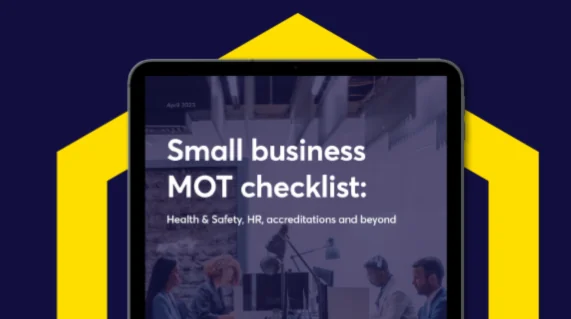Free Construction Phase Plan Template
What is a Construction Phase Plan template?
The Construction Design and Management Regulations 2015, (CDM 2015) came into force on 6 April 2015, replacing the previous regulations which were CDM 2007. These regulations show people in construction work what they need to do in order to protect themselves from harm, and others who the work affects.
Whatever your role in construction, a Construction Phase Plan aims to improve health and safety in the industry by helping you to:
- Logically plan work, so the risks involved are managed from start to finish
- Make sure the right people are doing the right job at the right time
- Coordinate and share your work with others
- Make sure you have the right information about the risks, and how you plan to manage them
- Communicate the above information effectively to everyone that needs to know
- Consult and engage with workers about the risks and how they are being managed to ensure that there is no confusion.
- Provide information about the building for its whole life use
Do I need a Construction Phase Plan?
Under the Construction Phase Plan (CDM) Regulations 2015, if you are the only contractor or principal contractor, you must create a CPP (CDM Template). The depth and content of the plan will depend on the size and scale of your project.
Organisations or individuals can carry out the role of more than one duty holder, provided they have the skills, knowledge, experience and the organisational capability necessary to carry out those roles in a way that secures health and safety. Nearly everyone involved in construction projects has legal responsibilities under CDM 2015.
Here is a list of duty holders and how they are defined in the new legislation:
- Commercial Clients – Organisations or individuals for whom a construction project is carried out that is done as part of a business.
- Domestic Clients – People who have construction work carried out on their own home (or the home of a family member) that is not done as part of a business.
- Designers – Organisations or individuals who as part of a business, prepare or modify designs for a building, product or system relating to construction work.
- Principal Designers – Designers appointed by the client in projects involving more than one contractor. They can be an organisation or an individual with sufficient knowledge, experience and ability to carry out
- Principal Contractors – Contractors appointed by the client to coordinate the construction phase of a project where it involves more than one contractor.
- Contractors – Those who carry out the actual construction work, contractors can be an individual or a company
- Workers – Those working for or under the control of contractors on a construction site.
What are the consequences if you don’t comply with CDM?
Accidents in the construction industry are very common, with around one-third of all workplace fatalities occurring in the construction industry. That’s one of the biggest reasons why you should comply with the CDM 2015 Regulations:
- You are more likely to have a serious or fatal accident
- Your finished structure may not be safe
- Your construction work may be stopped by the HSE
- Additional work may be required to rectify matters
- You may be prosecuted or face a heavy fine in more serious cases
Why Choose HS Direct for CDM templates?
At HS Direct, we specialise in supporting businesses across all industries with their compliance with Health & Safety regulations, offering customisable, clear and user-friendly CDM templates that help to streamline your processes. For extra support, speak to one of our experts on 0161 820 6932 or request a callback and we’ll be in touch at a time that suits you.
To download your Construction Phase Plan template, simply fill out your details in the form opposite.





